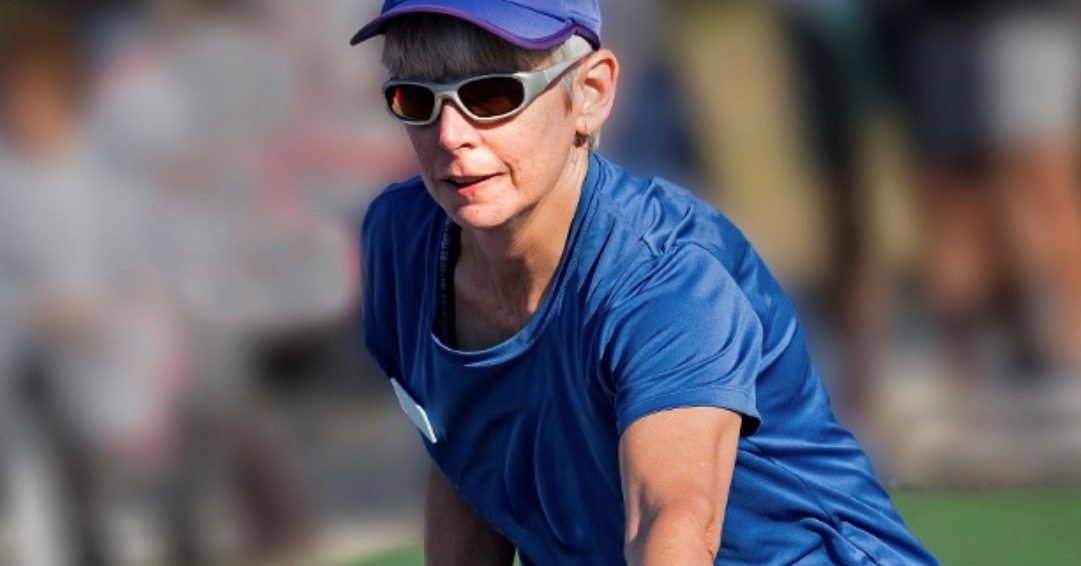Pickleball is fun, fast-paced, and friendly — and one of the best ways for people over 50 to stay active. But like any physical activity, especially for aging bodies, there’s always a risk of injury if you’re not paying attention to form, gear, and basic safety. The good news? With just a few mindful habits, you can dramatically reduce your risk and keep enjoying the game for years to come.
This blog covers smart, practical tips for staying injury-free while playing pickleball, whether you’re a weekend warrior, a brand-new retiree picking up a paddle, or someone who plays three times a week and never misses a morning match.
Warm Up Like You Mean It
Let’s be honest — most of us skip the warm-up. We arrive at the court, do a couple of quick stretches (maybe), then jump into a game. The problem? Cold muscles are stiff muscles, and stiff muscles are much more likely to get strained or pulled.
Spend 5–10 minutes before you play doing light dynamic movement. Walk briskly around the court. Do gentle arm circles, hip rotations, leg swings, and toe touches. This gets the blood flowing and preps your body for lateral movement, quick changes in direction, and bursts of effort — all things that pickleball requires.
The difference in how your body feels during and after the game will surprise you — and your risk of tweaking something mid-rally will drop significantly.
Know Your Limits (and Listen to Your Body)
One of the great things about pickleball is that it can be as intense or as relaxed as you want it to be. But that also means it’s easy to overdo it, especially when you’re having fun.
If you’re feeling tired, winded, or sore, don’t push through it. Take a water break. Sit out a game. Let your partner know if you need to slow things down a bit. Most players — especially in senior groups — are totally understanding.
Pay attention to persistent pain. If your knees, shoulders, or feet are bothering you, don’t ignore it. Rest, ice if needed, and consider seeing a healthcare provider if it doesn’t resolve after a few days. A small issue can turn into a major setback if it’s not addressed early.
Bonus Tip: If you’re unsure of anything – consult your doctor.
Stay Off the Slippery Slope (or Court)
Many injuries come down to one simple thing: bad footing. Always wear proper court shoes, not running shoes or casual sneakers. Running shoes are built for forward motion, but pickleball requires side-to-side movement. Without the right traction and lateral support, it’s easy to twist an ankle or take a nasty fall.
Court shoes provide:
- Non-slip soles for court surfaces
- Reinforced sides for lateral movement
- A lower profile that reduces tripping hazards
If you’re playing on indoor gym floors or outdoor tennis courts, make sure your shoes match the surface. A good pair doesn’t have to be expensive — but it should be comfortable, supportive, and replaced once the treads wear down.
Also, scan the court before you play. Look for debris, wet spots, loose balls, or uneven surfaces. A quick check can prevent a twisted ankle or unexpected fall.
Don’t Run Backwards!
We can’t say this one enough. One of the most common causes of falls — especially for players over 60 — is trying to run backward to chase a lob. It feels natural in the moment, but it’s incredibly risky.
Instead, do what experienced players do: turn, pivot, and move forward toward the ball. Yes, it takes practice. Yes, you’ll miss some shots at first. But it’s worth it to avoid a fall that could sideline you for weeks (or longer).
If a lob goes over your head and you’re not in a safe position to chase it, let it go. There’s always the next point. Pickleball is a game of strategy and safety, not hero moves.
Keep Hydrated and Stretch After Play
Hydration matters more than you think, especially in warm weather. Even mild dehydration can lead to muscle cramps, fatigue, and dizziness — all of which raise your injury risk.
Bring a full water bottle to the court and sip regularly between games. If you’re playing outdoors in hotter climates (hello, Florida, Arizona, California), consider a sports drink with electrolytes.
After you play, take a few minutes to cool down and stretch. Focus on calves, hamstrings, hips, shoulders, and wrists. This helps your body recover faster and reduces stiffness the next day.
Consider Protective Gear (Yes, Including Eyewear)
For most casual senior players, protective gear isn’t required — but it can be smart. Sports eyewear can help prevent serious injuries caused by fast-moving balls or accidental paddle contact, especially in doubles play.
Knee braces, wrist supports, and compression sleeves can also provide added stability if you’ve had previous injuries or just want some extra support. They’re inexpensive and can give you peace of mind. More on this in the next blog.
Final Thoughts: Play Smart, Stay in the Game
Pickleball is one of the most senior-friendly sports out there — but like anything, it’s not entirely risk-free. By warming up, wearing the right shoes, listening to your body, and playing with intention, you’ll dramatically reduce your chances of injury.
And here’s the best part: when you feel good physically, you play better, recover faster, and enjoy the game even more. So take care of yourself out there — your paddle (and your future self) will thank you.
